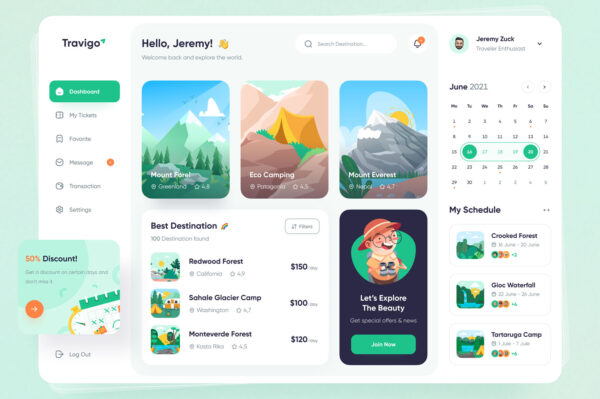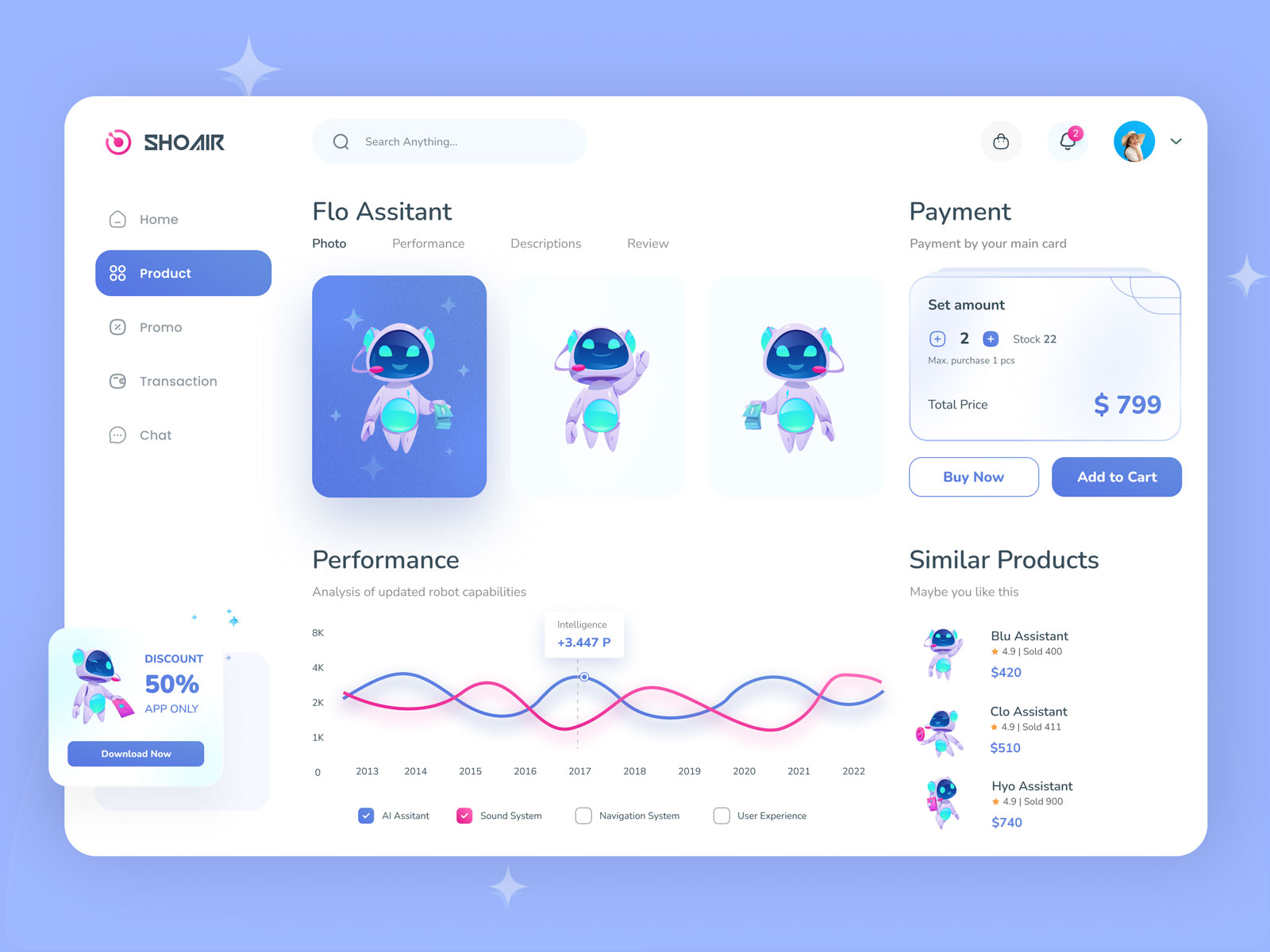In today’s interconnected global economy, businesses have unprecedented access to talent beyond geographical boundaries. The rise of remote work, digital collaboration tools, and specialized freelance platforms has transformed how companies find and engage professional services. Whether you’re a startup founder looking to scale without the overhead of full-time employees, an established business seeking specialized expertise for a specific project, or an entrepreneur needing to supplement your team’s capabilities, the global freelance marketplace offers tremendous opportunities. This comprehensive guide will walk you through the process of finding, vetting, hiring, and managing the best freelance talent from around the world.


Why Hire Global Freelancers?
Before diving into the how-to aspects, let’s explore the compelling advantages of tapping into the global freelance talent pool:
Access to Specialized Expertise
Every market has its limitations in terms of available talent. By expanding your search globally, you gain access to specialists who may be rare or non-existent in your local market. Whether you need an expert in blockchain development, a UX designer specialized in healthcare applications, or a content writer with deep knowledge of niche technical subjects, casting a wider net increases your chances of finding the perfect match for your requirements.
Cost Advantages
Global freelancing creates opportunities for economic arbitrage. Professionals living in regions with lower costs of living often charge rates that would be unsustainable in high-cost markets like San Francisco, London, or Sydney. This doesn’t mean exploiting talent—rather, it means fair compensation that provides excellent value for you while offering freelancers rates that are competitive or even premium in their local economies.
24/7 Productivity Potential
With team members across different time zones, your projects can effectively progress around the clock. When your U.S.-based team ends their workday, your freelancers in Asia or Australia might just be starting theirs, allowing for continuous development, customer support, or content creation. This time zone advantage can significantly accelerate project timelines when leveraged strategically.
Cultural Insights and Market Understanding
Freelancers from different countries bring valuable cultural perspectives and market knowledge. If you’re planning to expand into new international markets, working with freelancers from those regions provides invaluable insider knowledge on local customs, consumer preferences, and effective communication strategies that could save you from costly mistakes.
Flexibility and Scalability
The freelance model allows businesses to scale resources up or down based on current needs without the long-term commitment and overhead of traditional employment. This flexibility is especially valuable for businesses with fluctuating workloads, seasonal peaks, or those exploring new directions that might not justify full-time hires.
Crafting an Effective Job Description
Once you’ve identified where to find talent, creating a compelling and clear job posting is crucial. The quality of your job description directly impacts the quality of applicants you’ll attract. Here’s how to craft one that appeals to top freelancers:
Be Specific About Skills and Experience Required
Vague job descriptions attract vague applications. Instead of simply stating “looking for a web developer,” specify the exact technologies, frameworks, and experience levels required: “Seeking a React.js developer with minimum 3 years of experience building e-commerce applications, proficient in Next.js, GraphQL, and Stripe integration.”
Outline Project Scope, Timeline, and Deliverables Clearly
Top freelancers evaluate opportunities based on clarity and feasibility. Provide as much detail as possible about:
- Project objectives and context
- Specific deliverables expected
- Timeline and milestones
- Budget range (when appropriate)
- Tools or platforms they’ll need to use
Communicate Your Company Values and Culture
Even for short-term engagements, cultural fit matters. Briefly describe your company’s mission, working style, and communication expectations. This helps freelancers determine if they’ll work well with your team and allows them to adapt their approach to match your preferences.
Set Clear Expectations About Communication and Availability
Address timezone considerations upfront. If you need overlap with your team’s working hours, specify which hours the freelancer should be available for meetings or real-time collaboration. Also clarify your expectations regarding communication frequency and preferred channels.
Evaluating and Vetting Global Freelancers
The evaluation process is perhaps the most critical step in hiring successful freelancers. Without the benefit of in-person interviews, you’ll need to rely on other indicators of quality:
Portfolio Assessment
A freelancer’s past work speaks volumes about their capabilities:
- Look for projects similar to yours in scope and complexity
- Assess the quality, creativity, and technical execution
- Note the diversity of work (or alternatively, beneficial specialization)
- Check if they’ve worked with reputable clients or brands
Skills Verification
Beyond viewing portfolios, consider these approaches to verify skills:
- Technical assessments: Small, paid test projects that simulate actual work they’ll be doing
- Coding challenges for developers (through platforms like HackerRank or CodeSignal)
- Design challenges for creative professionals
- Writing samples or editing tests for content creators
Reviews and References
Leverage the credibility mechanisms built into freelance platforms:
- Read past client reviews carefully, noting patterns in feedback
- Pay attention to comments about communication, reliability, and problem-solving
- Request references and actually contact them with specific questions about work quality and collaboration experience
Video Interviews
Never skip the interview stage, even for seemingly straightforward projects:
- Assess English proficiency and communication skills
- Evaluate how well they understand your project requirements
- Gauge their enthusiasm and interest in your specific project
- Discuss their approach to solving problems similar to yours
- Clarify expectations around deliverables, milestones, and feedback cycles
Structuring Contracts and Payments
Clear agreements prevent misunderstandings and protect both parties:
Payment Structures
Consider these common payment models based on your project type:
- Hourly rate: Best for ongoing work or projects with evolving scopes
- Fixed project fee: Ideal for clearly defined deliverables with set specifications
- Milestone-based payments: Breaks larger projects into manageable segments with payments tied to completed milestones
Contract Essentials
A proper freelance contract should include:
- Detailed scope of work and deliverables
- Timeline with specific milestones
- Payment terms and methods
- Ownership of work (intellectual property rights)
- Confidentiality clauses
- Termination conditions
- Dispute resolution process
Secure Payment Methods
When working with international freelancers, consider these payment options:
- Freelance platform payment protection: Many platforms hold payments in escrow until work is approved
- International wire transfers: Traditional but can be costly
- Online payment services: PayPal, Wise (formerly TransferWise), or Payoneer
- Cryptocurrency payments: Increasingly popular for international transactions due to lower fees and faster processing
Managing Global Freelance Relationships Successfully
Hiring is just the beginning—managing remote freelance relationships requires intentional approaches:
Establish Clear Workflows and Processes
Document your expectations regarding:
- Project management tools and methodologies
- File naming conventions and organization
- Review and feedback processes
- Status update frequency and format
Overcome Communication Challenges
Effective communication across time zones and cultures requires:
- Setting up regular check-ins at mutually convenient times
- Using asynchronous communication tools (like Loom for video messages)
- Documenting discussions and decisions in shared workspaces
- Being explicit about expectations that might otherwise be assumed
- Accounting for cultural differences in communication styles
Provide Contextual Knowledge
Freelancers lack the institutional knowledge that in-house team members accumulate:
- Share brand guidelines, company values, and target audience information
- Provide access to relevant internal resources and past work
- Explain the “why” behind project requirements
- Introduce them to key stakeholders they’ll need to collaborate with
Build Long-Term Relationships
The best freelance relationships evolve into ongoing partnerships:
- Provide constructive, actionable feedback
- Pay promptly and as agreed
- Acknowledge good work and express appreciation
- Consider retainer arrangements for regular needs
- Refer them to others in your network
Cultural Considerations and Best Practices
Working across cultures adds richness but also complexity to freelance relationships:
Time Zone Management
- Use tools like World Time Buddy or Timezone.io to visualize time overlaps
- Rotate meeting times to share the burden of inconvenient scheduling
- Record important meetings for those who cannot attend live
- Set clear expectations about response times during non-overlapping hours
Cultural Awareness
- Research business etiquette in your freelancer’s culture
- Be aware of different holidays and work weeks (e.g., Sunday-Thursday in many Middle Eastern countries)
- Adjust communication style to account for cultural differences in directness, formality, and feedback preferences
- Provide context for idioms, slang, or culturally-specific references
Legal and Tax Considerations
Working with international freelancers involves navigating different legal frameworks:
- Consult with legal experts about contractor classification in relevant jurisdictions
- Understand tax implications, including potential withholding requirements
- Ensure compliance with data protection regulations like GDPR when sharing information
- Consider intellectual property laws which vary significantly between countries
Common Pitfalls to Avoid
Even experienced managers make mistakes when working with global freelancers. Here are some common issues to watch for:
Underestimating Cultural and Language Barriers
Even freelancers with excellent English skills may interpret requirements differently based on cultural context. Be explicit in your instructions and encourage questions to ensure mutual understanding.
Choosing Price Over Quality
The lowest bid rarely represents the best value. Experienced freelancers command higher rates because they work more efficiently, require less management, and deliver higher-quality results that need fewer revisions.
Insufficient Briefing and Context
Providing incomplete information forces freelancers to make assumptions that may not align with your expectations. Invest time upfront in thorough briefings to save time and frustration later.
Micromanagement
Hire for expertise, then trust that expertise. Excessive oversight undermines the freelancer’s confidence and wastes the very time you’re trying to save by outsourcing.
Ignoring Time Zone Realities
Setting unrealistic deadlines that don’t account for time differences can create unnecessary stress and quality issues. Build buffer time into schedules and be realistic about response times.
Conclusion: Building a Global Talent Network
The future of work is increasingly distributed, with the best teams drawing talent from across the globe. By thoughtfully approaching the process of finding, vetting, hiring, and managing international freelancers, businesses of any size can access world-class expertise without the limitations of geography.
The most successful companies view freelancers not as temporary resources but as valued extensions of their core team—professionals who bring specialized skills and fresh perspectives to help achieve business objectives. With clear communication, mutual respect, and well-defined processes, these relationships can deliver exceptional results while providing flexibility that traditional employment cannot match.
As you build your network of trusted global freelancers, you’ll develop a competitive advantage through access to specialized skills on demand, increased agility in responding to market changes, and the ability to scale resources efficiently based on current needs. In an increasingly competitive business environment, this flexibility and access to global talent may well be the difference between stagnation and success.
Start small, learn from each engagement, refine your processes, and gradually expand your global talent network. The investment in building these relationships will pay dividends in both the quality of work produced and the flexibility with which your business can operate in an ever-changing market landscape.




